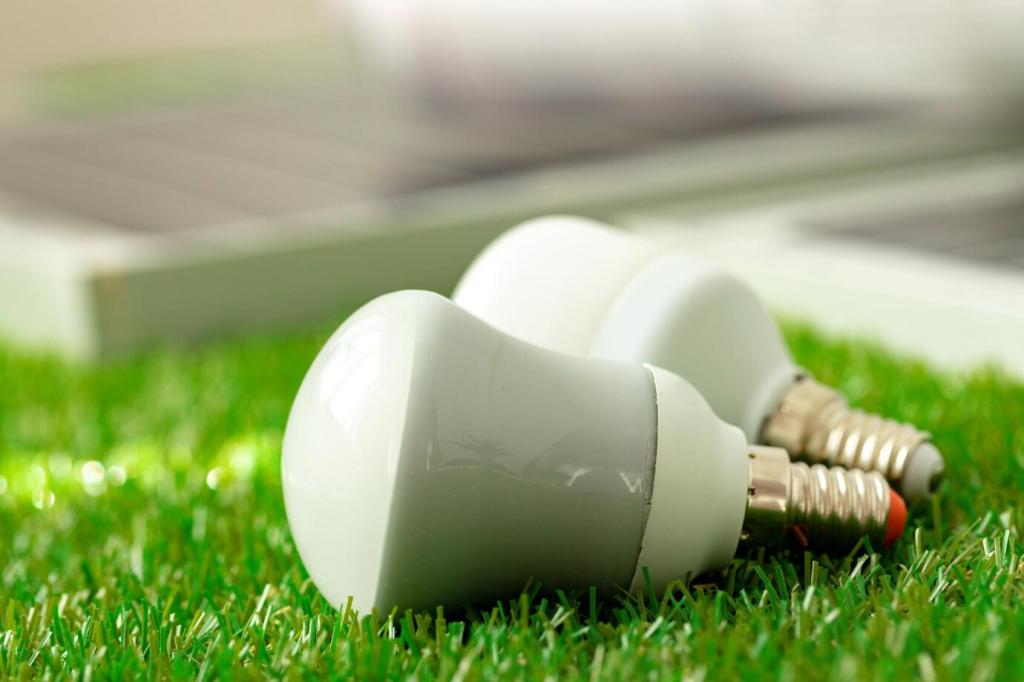What Makes a Material Truly Biodegradable?
Biodegradable plastics like PLA and PHA break down via microbes into carbon dioxide, water, and biomass under specific conditions. Their agricultural or biobased origins do not guarantee performance everywhere, so matching material to disposal pathway is essential.
What Makes a Material Truly Biodegradable?
Look for certifications such as EN 13432 or ASTM D6400 that verify complete biodegradation and disintegration within defined timeframes. These standards help prevent greenwashing, reduce contamination, and guide consumers toward materials that genuinely reduce residual waste.
What Makes a Material Truly Biodegradable?
Biodegradation requires the right recipe: heat, moisture, oxygen, and active microbes. Industrial composters reliably provide these conditions, while landfills and oceans often do not. Understanding the destination is key to real waste reduction, not wishful disposal.






